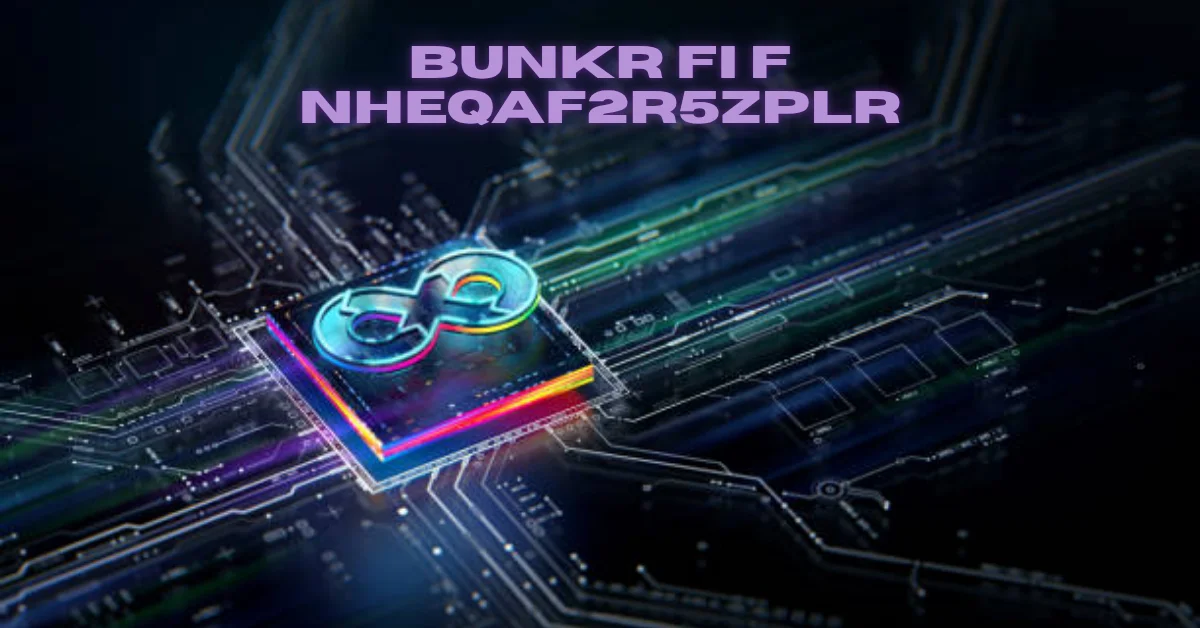Introduction
In the vast and complex world of digital archiving, anonymous content sharing, and online repositories, the term bunkr fi f nheqaf2r5zplr has emerged as a curious point of discussion.
While it might sound like a randomly generated string, this keyword has gained traction in online forums, content-sharing platforms, and even digital rights conversations.
So what exactly is bunkr fi f nheqaf2r5zplr? Is it a digital vault, a decentralized repository, or a code name for something else entirely?
This article will demystify the term, explore its possible meanings and uses, and explain why it’s gaining attention among tech-savvy users and privacy advocates.
Understanding the Concept Behind bunkr fi f nheqaf2r5zplr

To understand Bunkr fi f nheqaf2r5zplr, one must first understand the broader landscape of secure online storage platforms. These repositories—often called “bunkers” or “bunkers”—have evolved to store and share digital content safely.
Common features include:
- End-to-end encryption for data protection
- Anonymity for users uploading sensitive content
- Decentralization to avoid censorship
- Shortened or encoded URLs like nheqaf2r5zplr for unique content paths
In this context, “bunkr fi” may refer to a front-end interface (fi) of a digital bunker system, and nheqaf2r5zplr could represent a file, folder, or directory hash, uniquely identifying stored content.
Use Cases and Real-World Examples
Anonymous File Sharing
Platforms similar to what bunkr fi f nheqaf2r5zplr represents are often used for:
- Whistleblower documents
- Uncensored journalism
- Media leaks or hidden archives
Creative Archives and Private Communities
In private forums and online communities:
- Artists may use such repositories to share exclusive content
- Collectors upload rare media, including music, e-books, and images
- Niche groups maintain legacy software archives
Data Preservation
For institutions or individuals focused on preserving historical content that’s at risk of being lost, repositories with long-tail URLs like nheqaf2r5zplr offer:
- Protection against link takedowns
- Resistance to conventional search engine indexing
- A digital “bunker” of hard-to-find content
The Security and Ethical Implications
Pros of Using bunkr fi f nheqaf2r5zplr-style Platforms
- Anonymity: Users can share without revealing their identity
- Free Expression: Circumvent censorship or oppressive content laws
- Data Control: No reliance on centralized corporations
Risks and Controversies
However, these platforms can also be misused. Potential issues include:
- Illegal file sharing
- Privacy violations
- Misinformation dissemination
This raises ethical concerns. Should such platforms be monitored or left untouched to protect freedom of speech? Striking a balance is essential.
How bunkr fi f nheqaf2r5zplr Reflects a Larger Digital Trend
The existence of terms like bunkr fi f nheqaf2r5zplr points to a growing digital subculture that values:
- Decentralization
- Privacy-first design
- Open access to information
These are hallmarks of movements such as:
- Web3 and blockchain storage (e.g., IPFS)
- Darknet archives
- Zero-knowledge platforms
Interpreting the Cryptic Identifier: nheqaf2r5zplr
What Does It Mean?
While it might look like a random string, nheqaf2r5zplr could be:
- A base64 hash
- A URL-safe identifier
- A content-addressed pointer to a file or directory
This structure ensures:
- Obscurity
- Unique referencing
- Non-indexability by traditional search engines
Why Use Such Strings?
- To conceal content paths
- To track content independently of a hosting domain
- To avoid takedown notices or DMCA complaints
The Future of Secure Content Sharing
Leading cybersecurity analysts argue that platforms like bunkr fi f nheqaf2r5zplr are just the beginning. As web technologies advance, more AI-enhanced anonymizing tools, blockchain-integrated archives, and smart contracts will shape content ownership and distribution.
Expert Predictions
- By 2030, 90% of digital archival systems may use decentralized hosting
- Watermarked content ID systems will help trace ownership
- Ethical content sharing will depend on community moderation rather than corporate policy
Technical Architecture and How It Works
Here’s a simplified view of how such a system might function:
| Component | Role |
| Front-end (bunkr fi) | User interface to upload/view files |
| Back-end Storage | Encrypted, possibly IPFS-based storage |
| Content ID (e.g., nheqaf2r5zplr) | Unique reference to stored content |
| CDN or Proxy | Delivers data without revealing the source |
| Access Control | Shareable via tokenized links or passwords |
Responsible Use and Digital Literacy
If you come across or choose to use platforms like bunkr fi f nheqaf2r5zplr, consider these guidelines:
Do’s:
- Use it for archiving educational or creative content
- Respect intellectual property rights
- Practice cyber hygiene (VPNs, updated security settings)
Don’ts:
- Avoid sharing or downloading illegal material
- Don’t assume full anonymity—platforms may still log activity
- Don’t bypass content moderation systems on legitimate platforms
Conclusion
The term bunkr fi f nheqaf2r5zplr may appear cryptic, but it represents a growing shift toward privacy-first, decentralized, and user-controlled content repositories.
As digital literacy increases and users demand greater control over data, such systems will become more mainstream.
However, with power comes responsibility. These tools must be used ethically to avoid enabling malicious behavior. By understanding both the technology and its implications, users can participate in this evolving digital frontier safely and responsibly.
FAQs
Q1: Is bunkr fi f nheqaf2r5zplr a website or a tool?
It’s more of a reference to a type of content-sharing system or file identifier within a secure digital repository than a standalone website.
Q2: Can content on bunkr fi f nheqaf2r5zplr be tracked?
Most platforms using such identifiers prioritize user anonymity and non-indexability, but no system is entirely untraceable.
Q3: Is it legal to use platforms that resemble bunkr fi f nheqaf2r5zplr?
Yes, usage is legal, but it depends on what content is being uploaded or downloaded. Illegal content is still prosecutable.
Q4: How can I stay safe while exploring anonymous archives?
Use VPNs, avoid sharing personal data, and never interact with suspicious or illegal content.
Q5: What makes this format appealing to digital preservationists?
Its resilience to takedowns, anonymized structure, and decentralized nature make it ideal for long-term archiving.



